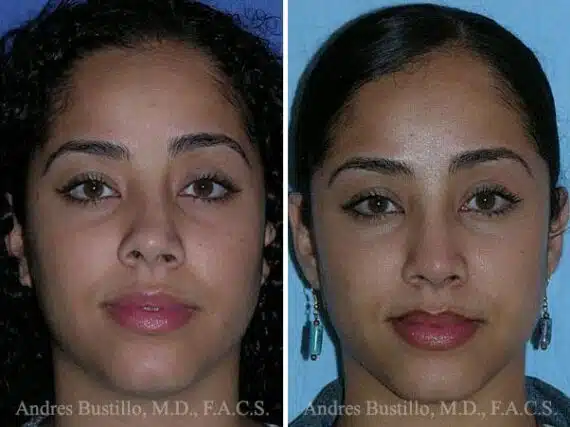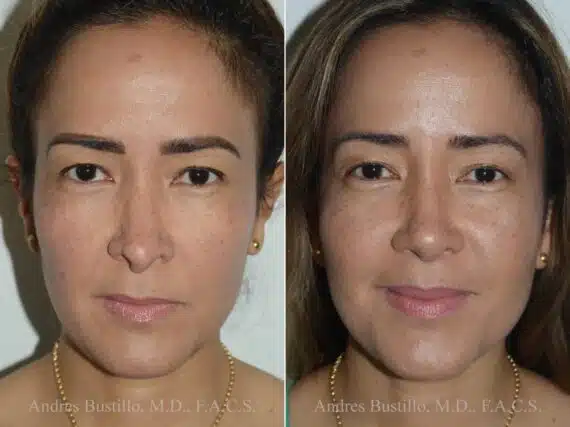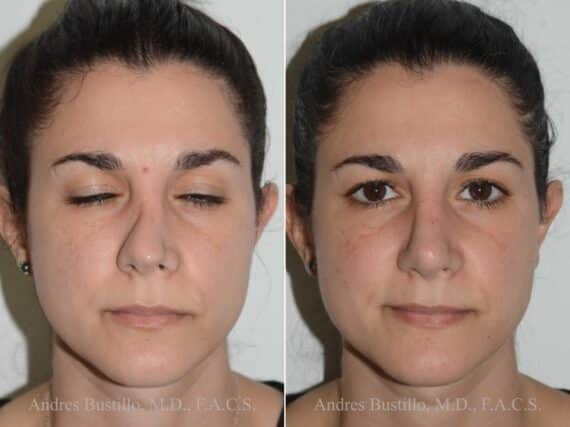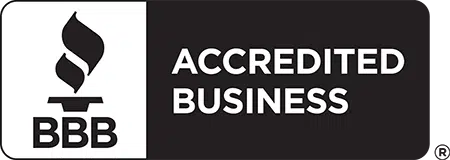Did your first nose job fall short of your expectations—or even make things worse? You’re not alone. Many patients pursue revision rhinoplasty after a disappointing primary procedure, either to fix functional issues, restore symmetry, or finally achieve the aesthetic outcome they originally wanted.
This secondary procedure is a chance to reset and get things right. While it’s more complex than the first surgery, revision rhinoplasty surgery can be life-changing when done correctly by the right specialist. Let’s explore why it’s often considered well worth the effort.
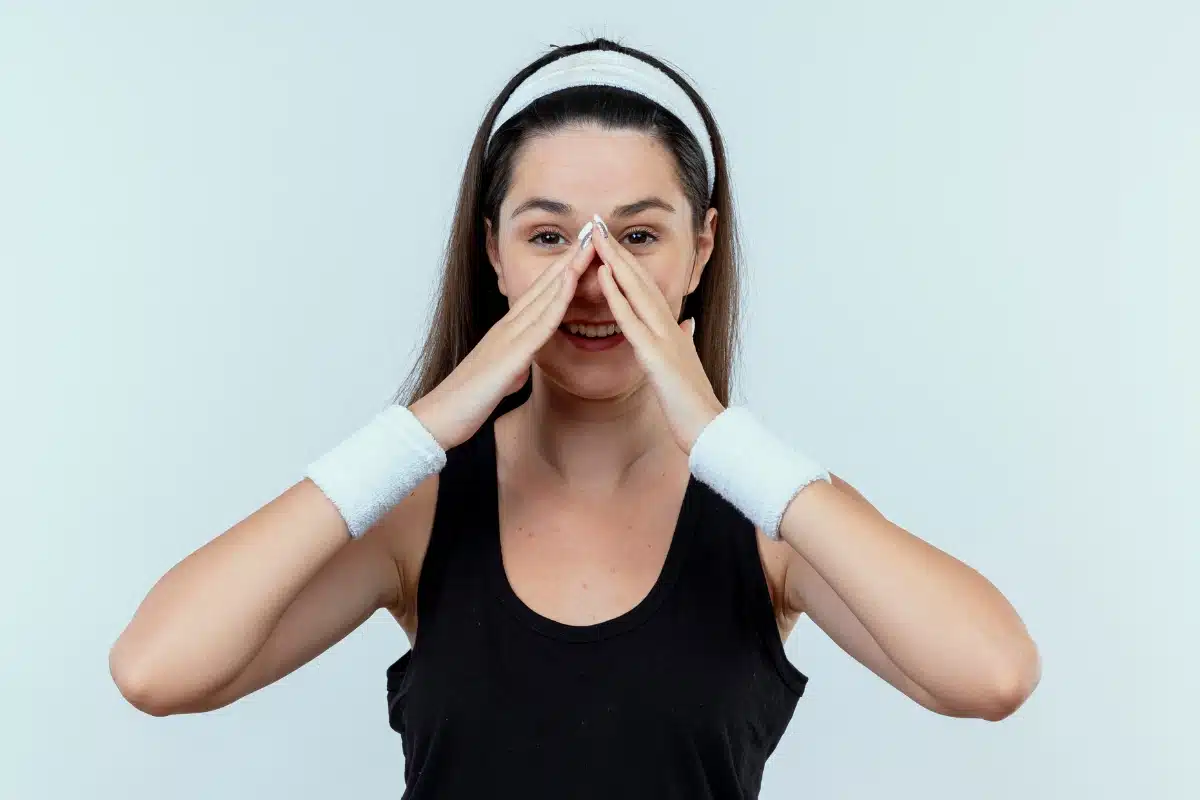
Why is Revision Rhinoplasty More Expensive?
Revision rhinoplasty is more expensive primarily due to the increased difficulty and complexity of the procedure. Surgeons are working with an already-altered nose, often facing scar tissue, missing structures, and functional disruptions. This level of surgical challenge requires advanced skills and highly customized planning. In some cases, cartilage must be harvested from other parts of the body—like the ribs or ear—to rebuild and support the nasal structure. Additionally, the margin for error is smaller, and the pressure to deliver high-quality results is significantly greater.
Because of these challenges, revision rhinoplasty is typically performed by a small number of elite specialists with years of experience and a deep understanding of nasal anatomy. These surgeons are in high demand, which also contributes to the cost. However, this does not mean the procedure isn’t worth it—on the contrary. The need for revision often stems from issues that affect not only your appearance but also your breathing and confidence. With the right surgeon, the results of revision rhinoplasty are often more rewarding than the original surgery.
Why Should I Have a Secondary Nose Job?
Undergoing a secondary nose job is often motivated by dissatisfaction or complications from a previous primary rhinoplasty. Whether the results didn’t meet expectations or new issues have developed over time, a revision procedure can help correct both aesthetic and functional concerns. Rhinoplasty patients turn to revision surgery to refine or restore their nasal appearance, and often, their self-confidence.
The decision to pursue this type of nasal surgery isn’t made lightly. It requires specialized surgical techniques, as the surgeon must navigate altered anatomy and scar tissue from the initial surgery. A skilled facial plastic surgeon will use their experience to develop a precise, customized approach, ensuring the revision procedure delivers safe, effective, and natural-looking results.
1. A Botched Previous Rhinoplasty Result
One of the most urgent and emotionally impactful reasons for seeking a revision rhinoplasty is a severely botched initial rhinoplasty. When a nose job leaves behind an unnatural appearance, visible asymmetry, or noticeable scarring, it can deeply affect a person’s self-image and daily confidence. Instead of enhancing your features, the outcome becomes a source of insecurity and stress.
Scar tissue, structural collapse, or poor surgical decisions from the first procedure can all contribute to an undesirable result. In these cases, a revision isn’t just cosmetic—it’s restorative. A skilled revision specialist can carefully reconstruct the nose and help rebuild not just nasal function, but the patient’s overall confidence and well-being.
2. You’re Not Loving Your New Nose Shape
Not every revision case stems from a disaster—sometimes, it’s about the finer details. You may have had a technically successful outcome from your original rhinoplasty, and others might even compliment your new look. But if the nose doesn’t match what you had envisioned, or if small details are bothering you every time you look in the mirror, that discomfort is valid. It’s your face, and you’re the one living with it every day.
In these cases, revision isn’t about fixing a failure—it’s about honoring your preferences. Even when the structure is sound and the results are generally good, subtle changes from the initial plan can be enough to justify a revision. Whether it’s a tip that feels too narrow or a bridge that looks slightly off, an expert surgeon can work around previous alterations to bring your vision to life without compromising the work done during your original rhinoplasty.
3. You’ve Had an Accident Since Surgery
Sometimes, even when your original rhinoplasty went smoothly and the results were exactly what you wanted, life throws you a curveball. A facial injury or accident—whether from a fall, sports mishap, or car crash—can damage your newly reshaped nose. When trauma distorts the nasal structure or causes breathing issues, revision rhinoplasty becomes necessary to repair the damage.
Depending on the severity of the injury, reconstructive surgery may involve grafts made from cartilage taken from your ear or ribs to rebuild and stabilize the nose. While the motivation for this revision may not be cosmetic reasons alone, restoring both function and appearance often goes hand in hand. An experienced surgeon can help realign and reconstruct the nose, bringing it back to its pre-injury form, or better.
4. Breathing Feels “Off” After the First Surgery
Even if your first nose job appears visually successful, few patients may experience a decline in nasal function afterward. You might find it harder to breathe through one or both nostrils, or feel a persistent sense of blockage or discomfort. These issues can develop gradually and may go unnoticed until they start interfering with daily activities or sleep.
In many cases, revision surgery can address these functional concerns, often with the inclusion of a septoplasty to correct internal structural problems. Whether the difficulty stems from displaced cartilage, collapsed nasal valves, or scar tissue from the first procedure, a skilled surgeon can restore airflow while preserving or improving aesthetics. Addressing nasal function is not just about comfort—it’s about overall health and quality of life.
5. Revision Rhinoplasty’s High Success Rate
Despite being one of the most technically challenging facial procedures, revision rhinoplasty has a relatively high success rate—around 80%. This percentage reflects the complexity involved: factors like the individual’s anatomy, the extent of previous surgeries, healing patterns, and even the post-op care process can all affect the outcome. In other words, it’s not a procedure to take lightly.
What often separates excellent results from poor ones is the surgeon performing the operation. A revision done by someone without deep expertise in nasal reconstruction may not deliver the outcome you’re hoping for. But when you entrust your nose to a facial plastic surgeon who specializes in complex revisions, understands nasal anatomy inside and out, and knows how to adapt techniques to fit your specific case, the likelihood of success increases dramatically. It’s not just about fixing a nose—it’s about restoring your confidence, and that makes all the difference.
What To Consider Before a Secondary Rhinoplasty
While the potential benefits of revision rhinoplasty can be significant, it’s important to go into the process with clear expectations. Secondary nose jobs are inherently more complex than primary procedures, and the path to recovery may involve more time, patience, and expert care. Understanding what’s involved ahead of time can help you make informed decisions and prepare for the journey.
From extended healing periods to the increased importance of choosing the right surgeon, this section will cover the key considerations every patient should know before moving forward with a revision rhinoplasty.
The Recovery Process Will Be Longer
Recovery after revision rhinoplasty tends to be longer and less predictable than after a primary procedure. Since the nose has already been altered once—sometimes more—healing is slower, and swelling can last longer. The presence of scar tissue, reduced blood supply, and structural modifications makes each patient’s healing journey unique. It’s not uncommon for final results to take a year or more to fully settle.
That said, understanding and planning for the extended timeline can make the process less stressful. Patience, following post-op instructions closely, and regular check-ins with your surgeon are all essential to ensure the best possible outcome from your secondary surgery.
There Are Potential Complications
Just like any surgical procedure, revision rhinoplasty carries certain risks. However, because the nose has already undergone changes, these risks can be slightly higher compared to a first-time surgery. Potential complications include prolonged swelling, asymmetry, difficulty breathing, and the possibility of needing further corrective surgery.
The key to minimizing these risks lies in understanding them upfront and choosing the right surgeon to manage them. A highly experienced revision specialist will not only anticipate potential issues but also be prepared with the skill and foresight to address them if they arise. Knowing this helps patients feel more confident and better prepared going into the process.
An Experienced Facial Plastic Surgeon Will Be Needed
Because revision rhinoplasty is significantly more complex than primary procedures, choosing an experienced surgeon is absolutely essential. You need someone who not only specializes in facial plastic surgery procedures but also has extensive experience with secondary nose surgeries specifically. The altered nasal structure, scar tissue, and previous modifications demand a highly skilled and adaptable approach.
Look for a reputable surgeon with board certification and a background in both facial plastics and otolaryngology, as this combination ensures deep knowledge of both form and function. A surgeon with these qualifications can tailor your revision plan with precision, increasing your chances of a successful, satisfying outcome and reducing your risk of complications.
Questions about your procedure?
Schedule a consultation with Dr. Andres Bustillo.
Schedule a Consultation With a Specialist Rhinoplasty Surgeon
Revision rhinoplasty is a delicate and intricate procedure that demands exceptional expertise. Selecting an experienced surgeon with a deep understanding of nasal structure is critical for success, especially when dealing with the complexities of a previously altered nose. An expert will know how to preserve function while achieving natural, beautiful results tailored specifically to you.
Dr. Andres Bustillo, a board-certified facial plastic surgeon based in Miami, has over 20 years of experience and advanced fellowship training in facial plastic and reconstructive surgery. He has earned a reputation as one of Miami’s leading rhinoplasty specialists and completed a five-year residency in Otolaryngology-Head and Neck Surgery at the University of Miami – Jackson Memorial Hospital, one of the nation’s top otolaryngology residency programs. If you’re considering revision rhinoplasty, call us today at 305-663-3380 or visit our contact page to schedule your consultation.
